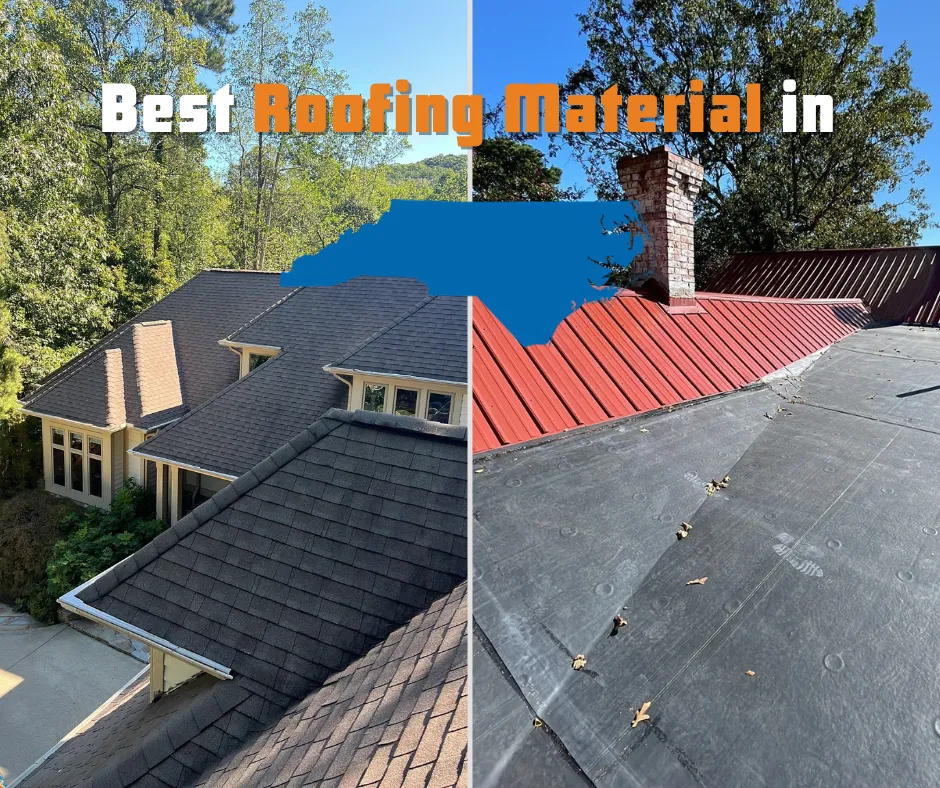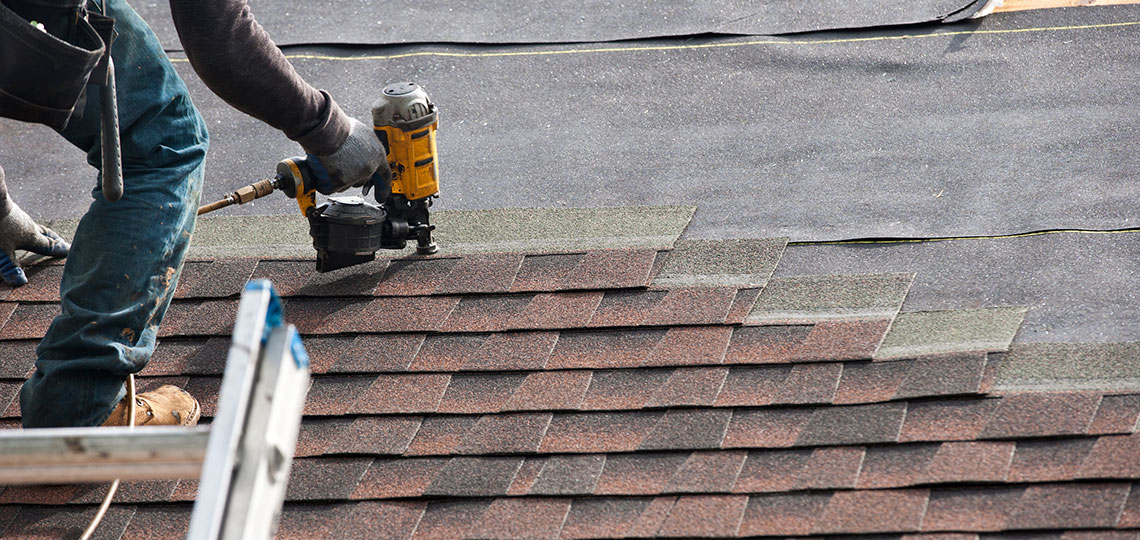How to Choose the most effective Roof Covering Material for Longevity and Visual Appeal
Selecting the appropriate roof material demands a mindful analysis of both durability and visual allure, as these components significantly impact the overall worth and performance of a residential or commercial property. Variables such as regional climate, building design, and maintenance requirements play vital duties in this decision-making procedure. While options like metal and slate provide outstanding durability, the aesthetic attributes of a roof covering can boost or detract from a home's design. Understanding exactly how to harmonize these aspects with budgetary constraints is crucial; nevertheless, the subtleties of this balance might not be quickly evident.
Comprehending Roof Material Types
When it pertains to selecting the best roofing product, understanding the various types available is essential for making an informed choice. The option of roofing product can considerably impact the long life, look, and upkeep of your home.
Asphalt shingles are amongst the most preferred choices as a result of their affordability and simplicity of installation. They come in various shades and styles, making them versatile for various building layouts. Steel roof covering, recognized for its durability, is offered in materials such as aluminum, steel, and copper. It uses exceptional resistance to harsh climate condition and can enhance energy performance - Roofing.
Ceramic tile roof covering, usually made from clay or concrete, is valued for its aesthetic allure and long life, though it can be much heavier and much more costly. Slate roof, a costs option, provides a timeless look and remarkable toughness but needs specialized installment.
Assessing Toughness Aspects
Longevity is an essential consideration for property owners assessing roof materials, as it directly impacts the lifespan and performance of the roofing. Different factors contribute to the total resilience of roof materials, including weather condition resistance, product structure, and maintenance requirements.
Weather resistance is critical; roof covering materials need to stand up to elements such as hailstorm, hefty rainfall, wind, and severe temperature levels. For example, steel roofing systems are understood for their ability to sustain harsh weather problems, while asphalt shingles might be more susceptible to damages. In addition, the material's capability to resist UV rays is essential, as long term exposure can bring about degeneration.
The make-up of the roof material likewise plays a considerable function in sturdiness. Materials such as slate and ceramic tile use exceptional durability and can last for decades with marginal upkeep. Conversely, less resilient alternatives, like certain sorts of asphalt shingles, might call for substitute after 15 to twenty years.
Assessing Aesthetic Options
The option of roof covering product expands beyond durability; visual allure plays a substantial function in the total worth and look of a home. Home owners should consider how different products match their residential property's building design and the surrounding environment. As an example, conventional materials like slate and clay ceramic tiles exhibit sophistication and can enhance the beauty of historical or Mediterranean-style homes.
Shade alternatives also substantially affect visual allure. Roof covering products come in a variety of shades, permitting home owners to choose tones that integrate with the outside paint, block, or stonework of their home. Darker colors can produce a modern, sleek look, while lighter shades can use an extra traditional and timeless feeling.
Appearance is one more you can try this out essential consideration. Materials such as timber trembles or steel can add deepness and visual passion, establishing a home besides its neighbors. Furthermore, property owners must think of the lasting visual effect; some materials, like asphalt roof shingles, might fade with time, while others keep their appearance for decades.
Ultimately, selecting roof products that line up with both personal tastes and the home's architectural honesty can dramatically boost visual allure and building worth.
Environment Considerations
Homeowners frequently forget climate factors to consider when selecting roof covering products, yet these elements are crucial for guaranteeing longevity and efficiency. The neighborhood environment significantly influences the toughness and performance of various roof covering options. Areas with severe temperatures might benefit from materials that can withstand both extreme heat and freezing problems, such as metal roof covering, which reflects sunlight and stands up to rusting.

Wind resistance is one more vital aspect, specifically in hurricane-prone locations. Roofing systems ought to be built with products that can sustain high winds, such as impact-resistant roof shingles or steel systems developed for wind uplift. By taking into consideration neighborhood climate patterns and possible all-natural catastrophes, house owners can pick roof materials that not only boost their home's looks but likewise ensure long-lasting efficiency and defense.
Budgeting for Your Roofing System

Start by looking into the different roof products readily available, as prices can differ significantly. Asphalt roof shingles are typically the most cost-effective alternative, while steel and slate roofs can call for a bigger initial investment. Take into consideration the long-term worth of each product, as greater in advance expenses may be balanced out by toughness and lower upkeep needs gradually.
Furthermore, acquiring numerous quotes from trusted service providers can give insights right into labor expenses and material pricing (Roofing). Watch out for uncommonly low quotes, as they might endanger top quality. It's suggested to set apart a backup fund-- typically 10-15% of the complete spending plan-- for unforeseen concerns that may occur throughout installment.
Final Thought
Picking the optimal roof product requires a thorough evaluation of longevity, aesthetic appeal, environment compatibility, and budget plan restrictions. Resilient products such as steel or slate use durability, while aesthetic selections should integrate with the home's architectural style. Environment factors to consider play a critical duty in figuring out suitable products, guaranteeing durability against environmental obstacles. Ultimately, an educated decision will result in a roof covering service that properly balances resilience and visual appeals, adding to the overall value and allure of the residential property.
Choosing the proper roofing product necessitates a mindful assessment of both longevity and visual charm, as these aspects considerably impact the general value and functionality of a residential property. Metal roof covering, known for its sturdiness, is available in materials such as steel, aluminum, and copper.The structure of the roofing product also plays a substantial duty in toughness.The selection of roofing product expands past resilience; visual allure plays a significant duty in the general value and appearance of a home.Choosing find more information the optimum roofing material requires an extensive evaluation of sturdiness, visual appeal, climate compatibility, and budget restraints.